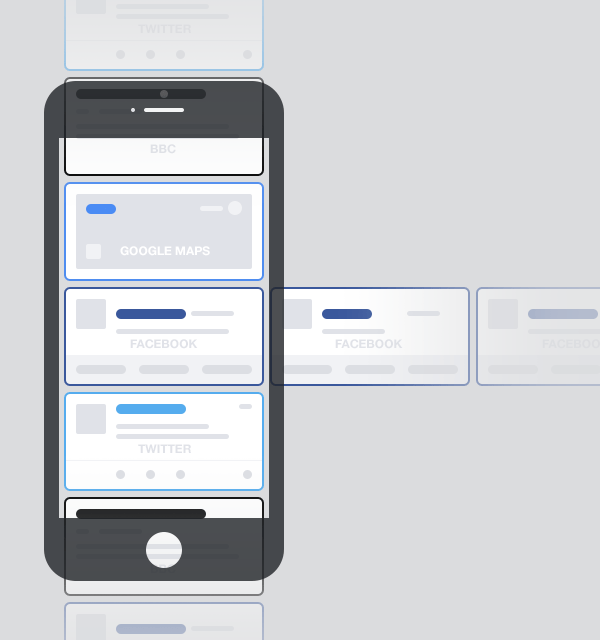Phone apps - the Installed Apps model is no longer workable
When we think of the current model of installing apps on your phone or tablet the user experience seems a little convoluted. Find in App store, install, review some security rights (although no-one knows what do about them), update, move Icon shortcuts on home screens.
Multiply this by lots of apps in your iOS or Android app drawer and it quickly becomes pretty unusable.
The great stories about app developers creating multi-million euro revenues are few and far between.
There's been lots of analysis of App usage but most apps stay unused or get uninstalled quickly apart from the top apps like Facebook (from analysis of 125 Million phones)
This has all sorts of implications for the on-boarding experience to keep new users engaged but most will lose 80% of their users within 90 days.
There are marketplaces dedicated to giving you the source code for clone apps such as Chupamobile
The majority of apps get installed and are quickly forgotten about.
There is a great article from Intercom blog about a new way of interacting with apps that seems to be more prevalent these days, both on iOS and Android.

Perhaps the most obvious example is on Android with Google Now Cards that popup in the notification tray and can be swiped away when no longer relevant
iOS notifications have been getting more useful with built in actions

Well it seems this new model has come a step closer with "instant apps" thats in early release state on Android.

This essentially means that without installing an app you can download and contextually run part of the full app experience based on an event such as a NFC tap, receiving a link from someone or from a Notification tray "Now card"
Forgetting the potential security implications for a minute this would make a much more streamlined experience for using App specific functionality without the overhead of installing and maintaining an app.
This will make a lot of sense for microservice type applications with a discrete self-contained value proposition (such as paying a car parking meter bill).
However, applications with longer term business models who want to "own" and cultivate the customer will have to rely on very different delivery channel by integrating with other apps to provide their service to customers.